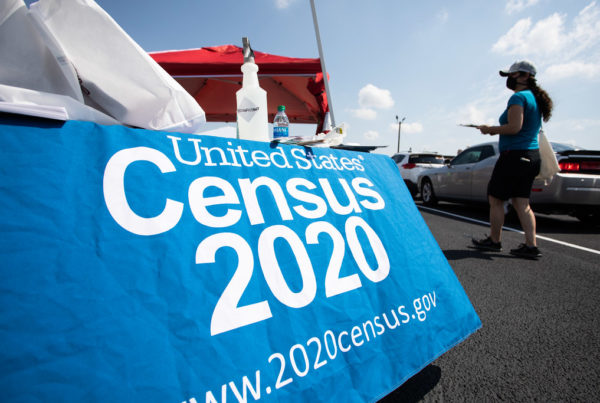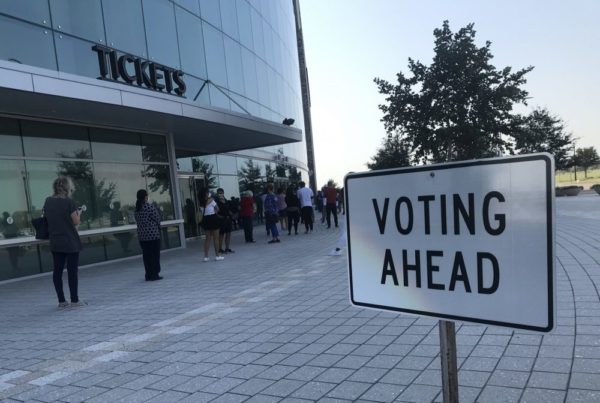From Texas Public Radio:
Margot Smith didn’t always plan to go to community college. She wants to become a marine biologist, and to do that, she needs at least a four-year degree.
But during her senior year at John Jay High School in the Northside Independent School District, she found out her family made too much money to qualify for need-based financial aid.
“I knew it was going to be expensive when I started applying, but when I started seeing just how expensive it would be it really set in that I’d have to make a choice,” said Smith, 18. “My parents can’t really afford to pay all of my college tuition.”
She was already considering going to a community college to save money when she found out John Jay was one of the 25 San Antonio high schools selected by the Alamo Colleges District for its inaugural class of a new free tuition program called AlamoPROMISE.
Students eligible for the program can earn an associate’s degree without paying any tuition or fees — no matter how much money their parents make. The idea is to take all of the red tape and uncertainty out of the equation so more local students go to college. Several other cities, including Dallas, Tyler and Houston, have similar Promise programs.
Smith signed up to be part of the first AlamoPROMISE cohort.
“It really helped that I’m still able to live at home, go to (Northwest) Vista and be able to save money so that when I do go to a four-year school, I’m able to not put that financial burden on my parents to pay for my college,” said Smith.
She’s got a packed schedule this fall — working at SeaWorld three days a week, plus five online classes at Northwest Vista College.
“They’re all basic classes that everyone has to take, but even if they’re not my major classes, I’m still very interested in them,” Smith said. “I’m learning a lot that I didn’t think I would.”
Smith said she’s enjoying her classes, even if she wishes they didn’t have to be online. She said her professors challenge her to think more deeply than she did in high school.
During a recent government class she gave a presentation on the history of American political parties and why the United States doesn’t have a strong third party.
Smith was one of more than 8,000 seniors who signed a form saying they were interested in Promise before they graduated from high school, but by the time summer rolled around, she was one of only about 1,000 who enrolled in one of the Alamo Colleges. The community college system expected to enroll 3,000.
“When it came down to enrolling for classes, we didn’t really see that activity happen until the latter part of the summer,” said Stephanie Vasquez, chief program officer for AlamoPROMISE. “There’s always a little bit of that that happens, but we definitely felt that this year.”
Vasquez said the pandemic made it harder for her staff to connect with students because they had to communicate remotely and said it put added financial burdens and uncertainty onto students too. The 25 high schools selected for the first cohort of AlamoPROMISE are in working-class and lower-income neighborhoods.
“We compete with poverty. Our chancellor says that, and we live it. We see that in our community, so to be able to offer this program that will cover the tuition for students…That’s why we’re here. And I think the need for this sort of effort is absolutely reinforced by current events,” Vasquez said.
Vasquez and her staff have been working double time to keep enrolling students, with a goal of getting at least 3,000 by the time the shorter Flex II semester starts on Oct. 19. They’ve managed to enroll about 2,800 so far.
“We were working against the clock, really trying to figure out what was going on in (students’) personal lives, with families, work obligations,” Vasquez said. “We really just wanted to make sure that they still saw us as an opportunity.”
The coronavirus outbreak has also thrown a big shadow over fundraising for AlamoPROMISE. The community college district originally planned to increase the number of high schools eligible for PROMISE this year, so that next year anyone who graduated from a traditional public school in Bexar County would qualify.
But to make sure the program is sustainable, Alamo Colleges decided to limit eligibility next year to the same 25 high schools that were eligible this year.














